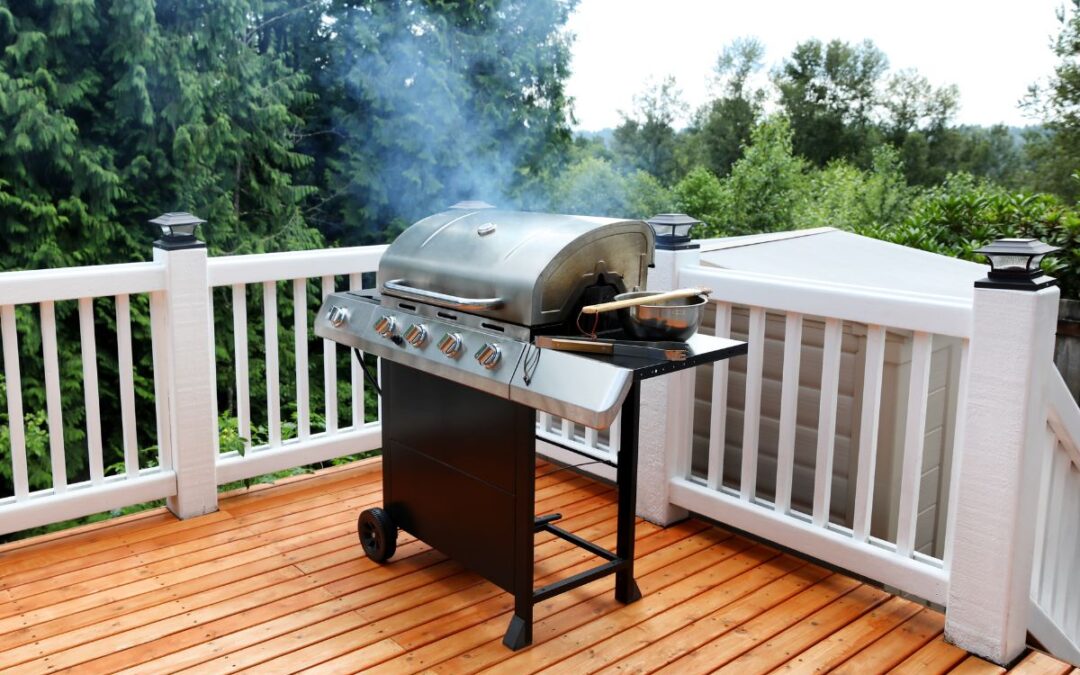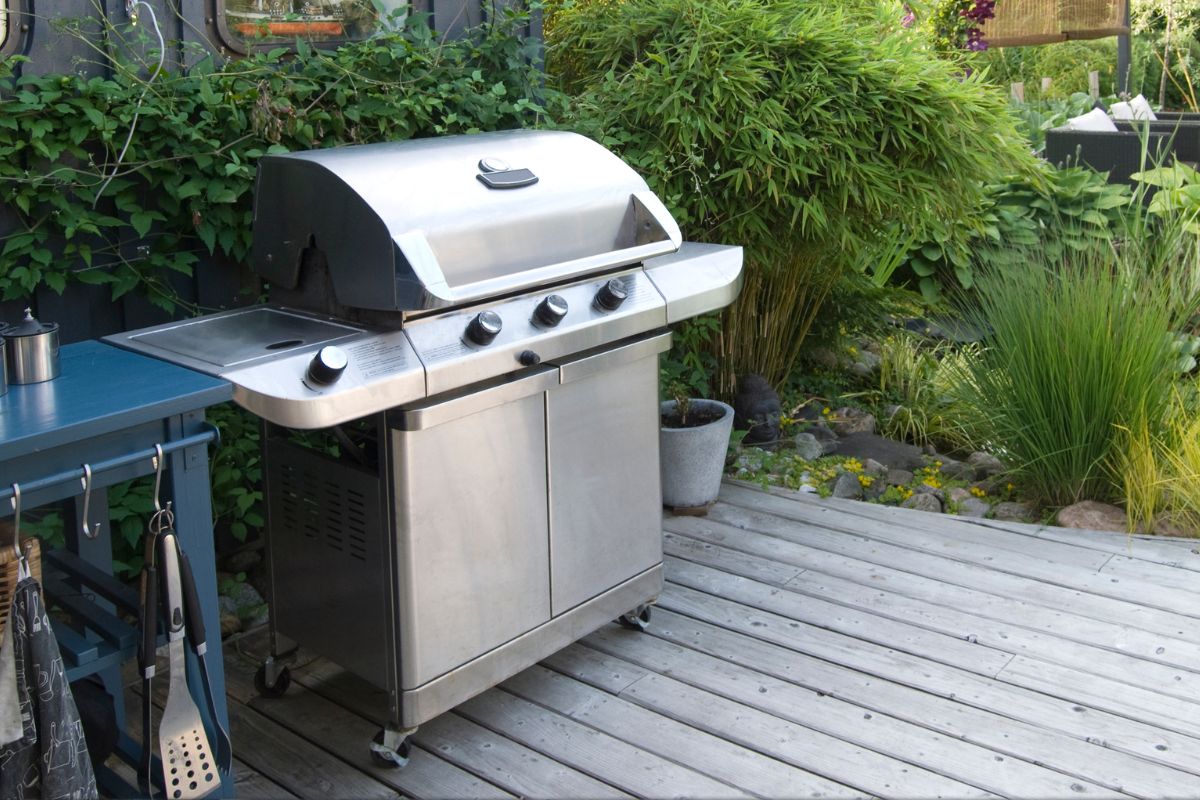Traeger were the first to create a pellet grill and today are still one of the most well known manufacturers of these grills. But what makes it different, and how does a Traeger grill work? We take a look at what a pellet grill is, and how specifically a Traeger pellet grill operates.
What Is A Pellet Grill?
A pellet grill uses 100% natural compressed hardwood pellets as fuel rather than charcoal or gas. These hardwood pellets can be made from oak but also from cherry, apple, hickory or pecan to provide different flavors.
While softwood pellets can be used in stoves and boilers they are not used in pellet grills. Although they will burn in a grill they are not considered food safe nor do they provide a pleasant smoky taste. Traeger invented the wood pellet grill in 1987 discovering that hardwood pellet grills produced a controllable and consistent fire for flavoring food.
How A Traeger Grill Works
Traeger produces a lot of different grills but the basic concept of how each of them works remains the same. Pellets are loaded into a hopper and from there they are transported to the fire pot by an auger. This is basically a long screw shaped device.
When the pellets get to the fire pot they are ignited by the hot rod. The heat is circulated through the grill by a fan and all of this is operated by a digital controller on the Traeger grill. This process produces the flames, heat and smoke to cook and flavor all kinds of food, such as meat, fish, vegetables, pies and pizzas.
Components Of A Traeger Grill
There are many different models of Traeger grill from the show-stopping Timberline to the off grid Town & Travel. But the basic components of each of them are the same. Let’s take a look in more detail at the different parts of a Traeger Grill.
Hopper
The hopper is where the hardwood pellets that fuel the Traeger grill are stored. The size of the hopper varies depending on the model of grill. For example, the Timberline hopper has a capacity of 22 lbs to match its 880 square inches of cooking space and maximum temperature of 500° F.
In comparison the Tailgater has 300 square inches of cooking space, a max temperature of 450° F and a pellet hopper capacity of 8 lbs. It is possible to buy extensions for the pellet hoppers in order to increase the capacity and enjoy longer run times of the grill.
Auger
The auger transports the hardwood pellets from the hopper to the fire pot. This screw shaped auger is powered by an electric motor which is connected to the grill’s control panel.
Initially the auger will feed a lot of pellets into the fire pot in order to get the grill going and up to temperature. This is measured by the internal thermostat in the grill. When the grill has reached its set temperature it will instruct the auger to slow down or stop feeding pellets.
However, there are differences in how the auger works depending on the type of control panel fitted to the grill. More on that later.
Fan
For effective combustion you need three things, fuel, heat and oxygen. The fan in a Traeger grill provides the oxygen to feed the fire but also to aid the cooking performance of the grill. It helps to distribute smoke and heat around the cooking chamber to help the food cook more evenly.
As with the auger, the fan is operated via the control panel, and it is not possible to set the fan speed independently. How efficiently the fan works depends on the type of control panel that is fitted to the different Traeger grills.
Hot Rod Igniter & Burn Pot
The burn pot is where the pellets and air come together, and the hot rod igniter provides the fire.
However, the location of the burn pot can have an effect on the performance of a pellet grill. Whether it is made from stainless steel or carbon steel and whether it is centrally placed or off-center can impact on the grill’s performance.
Carbon steel burn pots were fitted to older models of Traeger grills, but now stainless steel is used. This is because carbon steel doesn’t last as long as stainless steel. New models of grill also use ceramic hot rod igniters which ignite more quickly and last longer.
Control Panel
One of the biggest advantages of a Traeger grill is the control panel which allows you to switch it on and off and manage the temperature. The auger, fan and hot rod igniter are also operated via the control panel.
How hot the grill gets and how well it maintains temperature depends on the control panel. Older grill models were limited in both maximum temperatures and accuracy. Most only went up to 450 degrees with a 25 degree accuracy.
Today’s Traeger pellet grill control panels allow temperatures to get up to 500 degrees with only a 5 degree variance in temperature. These differences are down to the older models having time-based or analogue control panels.
Modern control panels have an algorithm that is constantly comparing the temperature inside the grill to the set temperature. This is called a PID controller which stands for Proportional, Integral, Derivative, and it can make constant adjustments to the auger, and the fan.
More precise and accurate temperature control is achieved with this generation of control panel. The temperature will be maintained at within 5 degrees of the set temperature. So you can be sure that your food will be cooked exactly as you want it to be.
Final Thoughts
The Traeger pellet grill began a revolution in grilling and continues to be at the forefront of innovation in outdoor cooking. We hope you have enjoyed this guide to how a Traeger grill works, and we wish you many happy years of grilling with your Traeger pellet grill.


